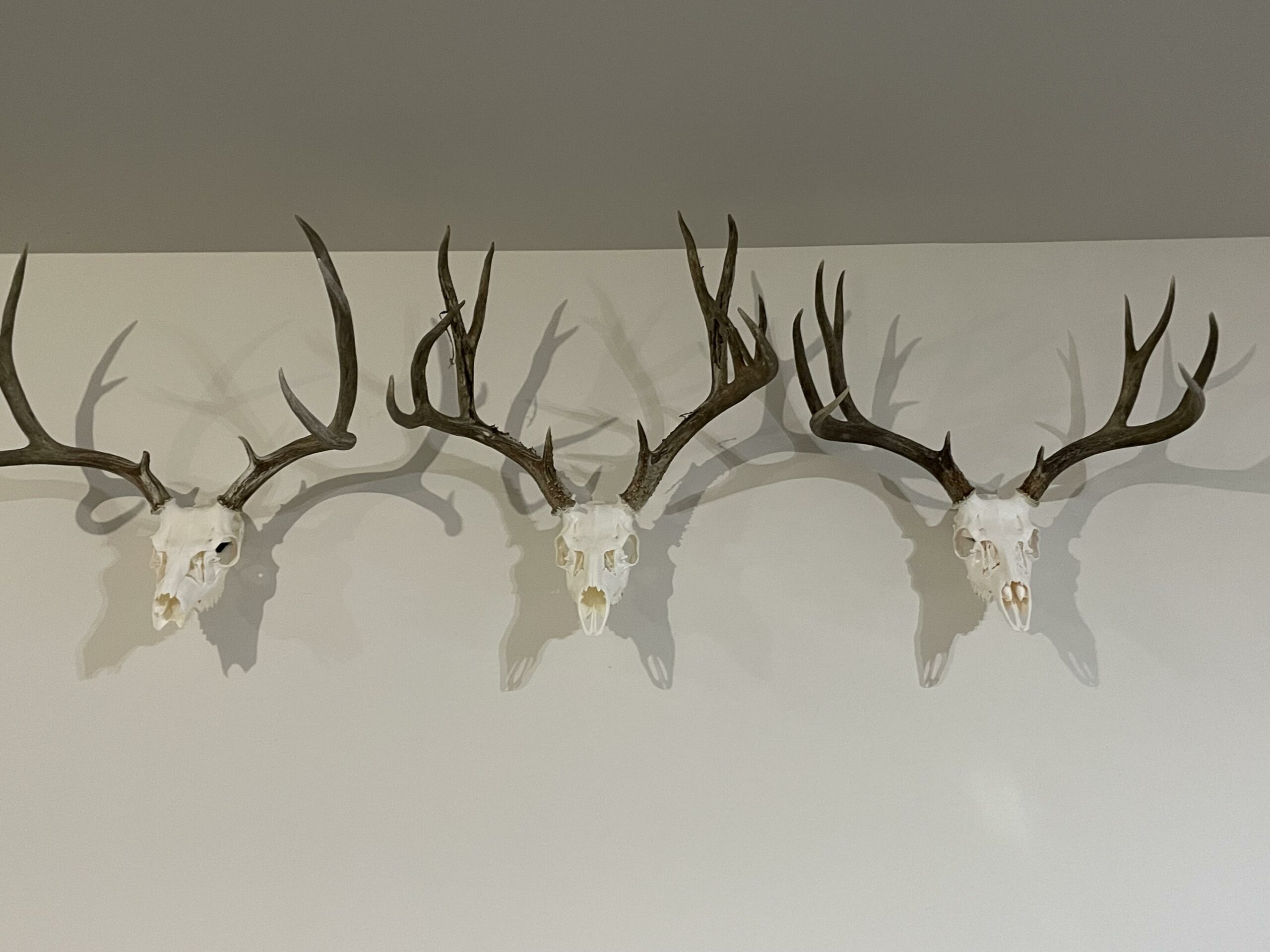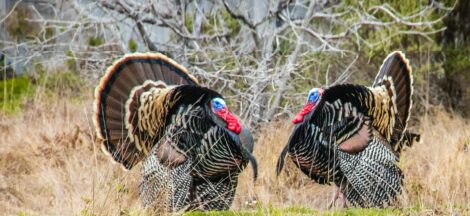Deer Anatomy: A Detailed Look for Precise Shot Placement
Understanding deer anatomy is crucial for making ethical, precise shot placements during a hunt. A well-placed shot will result in a quick, humane harvest, while a poorly placed shot can lead to a prolonged and painful experience for the deer. This article will dive into the details of deer anatomy, discuss the best areas for shot placement, and provide tips on how to improve your accuracy in the field.
1. Key Components of Deer Anatomy
To make precise shots, it’s important to have a basic understanding of the key components of deer anatomy. Here are some of the most important areas to be aware of when aiming for a clean, ethical shot:
A. The Vital Organs
The vital organs are the primary target for hunters, as hitting these areas will result in a quick, humane harvest. The vital organs include the heart, lungs, and liver. A well-placed shot through the vitals will cause rapid blood loss and a quick death.
B. The Skeletal Structure
Understanding the skeletal structure of a deer can help you avoid making shots that only wound the animal. Key bones to be aware of include the shoulder blade, ribs, and spine. Hitting these areas can result in a non-lethal or poorly placed shot, causing unnecessary suffering for the deer.
C. The Muscular System
Although not a primary target, the muscular system plays a role in shot placement. Hitting a deer in a heavily muscled area, such as the hindquarters, can result in a non-lethal shot that causes the animal to suffer. Aim for the vital organs and avoid muscular areas whenever possible.
2. Ideal Shot Placement
With a solid understanding of deer anatomy, you can now focus on the ideal shot placement. The most desirable shot placements will target the vital organs, resulting in a quick, humane harvest. Here are the top three shot placements to aim for:
A. The Heart and Lung Shot
This shot placement is considered the gold standard for ethical deer hunting. Aiming for the heart and lungs will result in rapid blood loss and a quick death. To achieve this shot, aim for the area just behind the front shoulder, about one-third to halfway up the deer’s body from the bottom.
B. The Neck Shot
Although not as commonly recommended as the heart and lung shot, a well-placed neck shot can also result in a quick, ethical harvest. Aim for the center of the neck, severing the spinal cord and major blood vessels. Keep in mind that this shot requires a high degree of accuracy and may not be suitable for inexperienced hunters or those using low-powered firearms or archery equipment.
C. The High Shoulder Shot
A high shoulder shot can be effective in dropping a deer in its tracks. This shot placement targets the spine and the major blood vessels near the heart and lungs. Aim for the area where the deer’s front shoulder meets its body, about halfway up from the bottom. This shot requires precision, as a misplaced shot can result in wounding the deer and causing unnecessary suffering.
3. Improving Shot Accuracy
Accurate shot placement is essential for ethical and successful deer hunting. Here are some tips to help you improve your accuracy and ensure precise shot placement:
A. Practice, Practice, Practice
Regular practice is the key to becoming a skilled marksman. Spend time at the range, practicing with your chosen hunting weapon, whether it’s a rifle, shotgun, or bow. Make sure to practice shooting from various distances and angles to simulate real hunting conditions.
B. Know Your Weapon and Ammunition
Understanding the capabilities and limitations of your hunting weapon and ammunition is crucial for accurate shot placement. Research the effective range of your weapon and ammunition, and only take shots within that range. Additionally, ensure your weapon is properly sighted in and maintained for optimal performance.
C. Develop a Steady Shooting Position
A stable shooting position is essential for accurate shot placement. Whether you’re shooting from a tree stand, ground blind, or off-hand, practice maintaining a steady shooting position. Use shooting sticks or a bipod if necessary to enhance stability.
D. Learn to Control Your Breathing
Proper breath control can significantly improve your shooting accuracy. When taking a shot, inhale deeply, then exhale halfway before slowly squeezing the trigger or releasing the bowstring. This technique will help you remain calm and steady during the shot.
E. Be Patient and Wait for the Right Moment
When a deer is in range, it’s essential to be patient and wait for the right moment to take your shot. Ideally, wait for the deer to present a broadside or quartering-away angle, which will provide the best opportunity for an accurate shot to the vital organs.
4. Conclusion
Understanding deer anatomy and practicing precise shot placement are crucial for ethical and successful deer hunting. By focusing on the vital organs, developing accurate shooting skills, and exercising patience in the field, you can ensure a quick, humane harvest and a memorable hunting experience.





 Elk Hunting 101: An In-Depth Beginner’s Guide
Elk Hunting 101: An In-Depth Beginner’s Guide